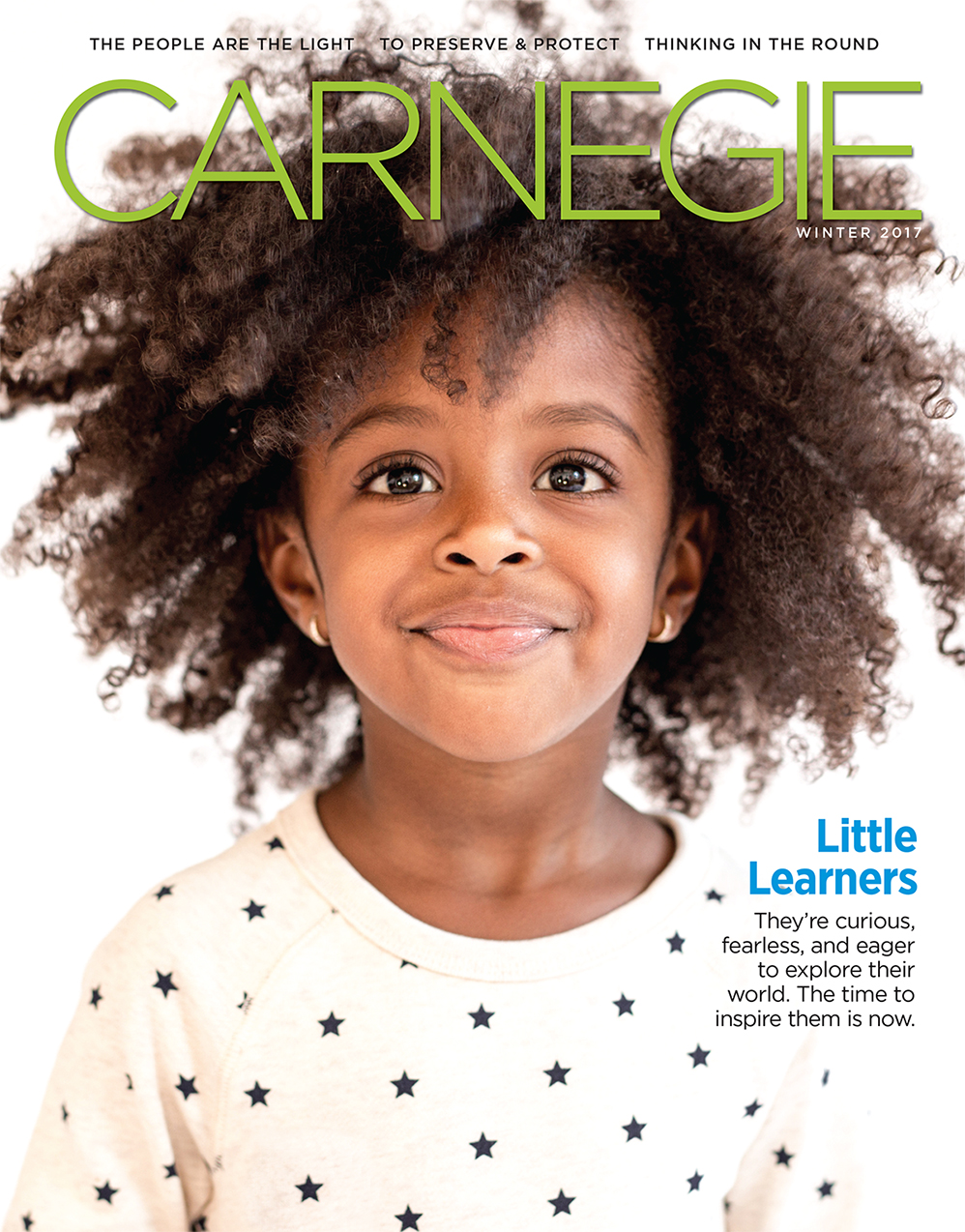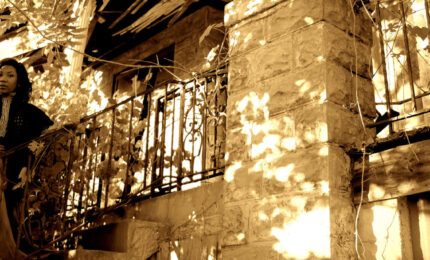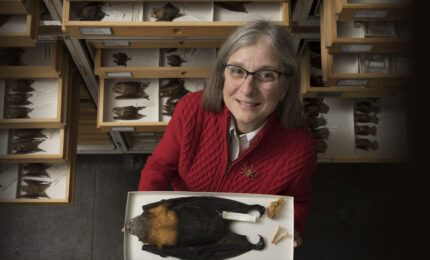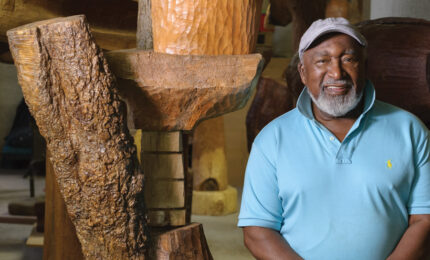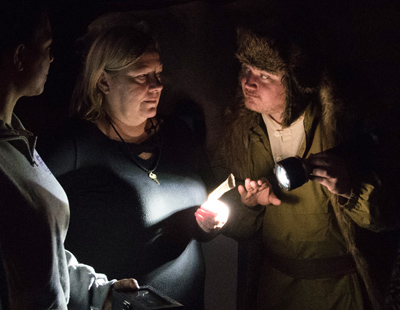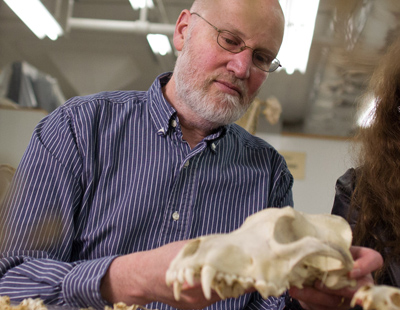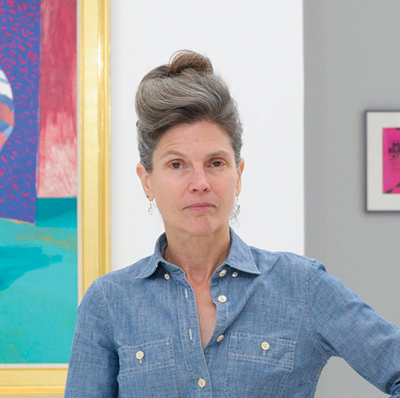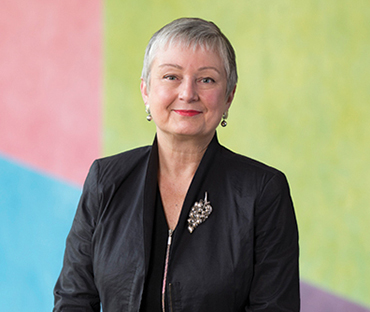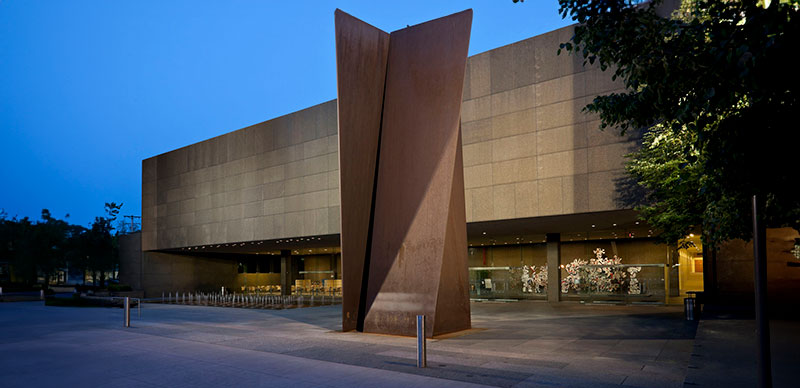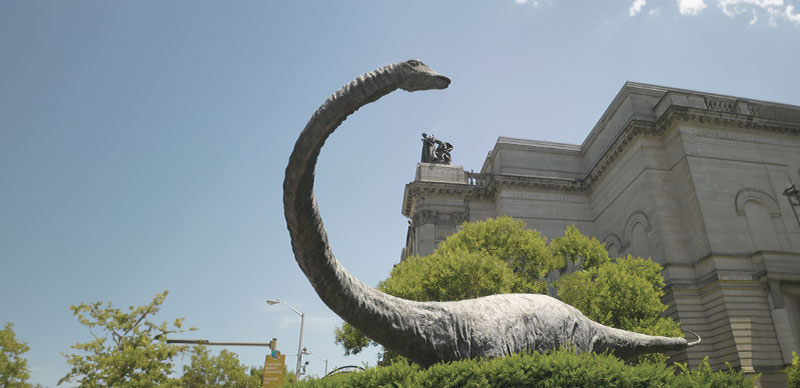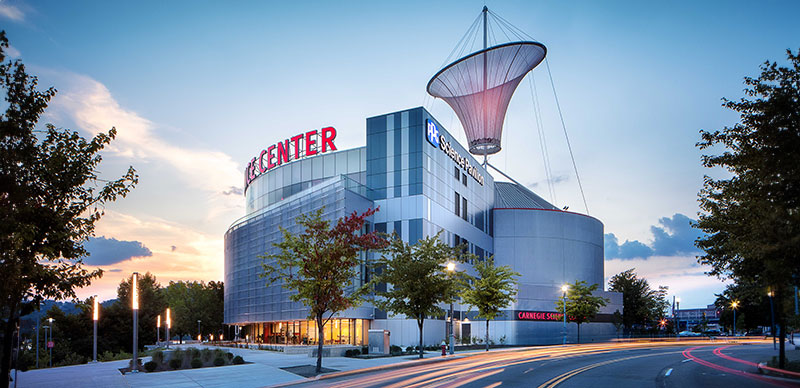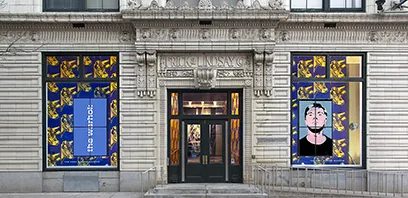Winter 2017
Cover Story
Children are natural-born scientists but need rich learning environments, prepared teachers, and engaged families to feed their natural curiosity. Carnegie Science Center is leading the way.
Featured Stories
The People Are the Light
How one Pittsburgh-based artist formed a creative community to bring light to the vacant spaces in Homewood.
To Preserve and Protect
Behind the scenes with the cultural caretakers of Carnegie Museum of Natural History’s one-of-a-kind collections.
Thinking in the Round
For decades, Pittsburgh sculptor Thaddeus Mosley has been circling the wood to find the art within. And this year, a dream of sorts comes true as he joins the ranks of artists he’s always admired as part of the 2018 Carnegie International.
Also in this Issue
The Unforgettable DODO
An immersive theater production featuring actors, scientists, and the expanse of Carnegie Museums’ historic Oakland building, Bricolage’s DODO set a whole new standard.
What’s a Coryphodon?
A Carnegie Museum of Natural History anatomist is leading a major new study aimed at telling a new, more informed story of long-lost mammals and humans’ evolutionary past.
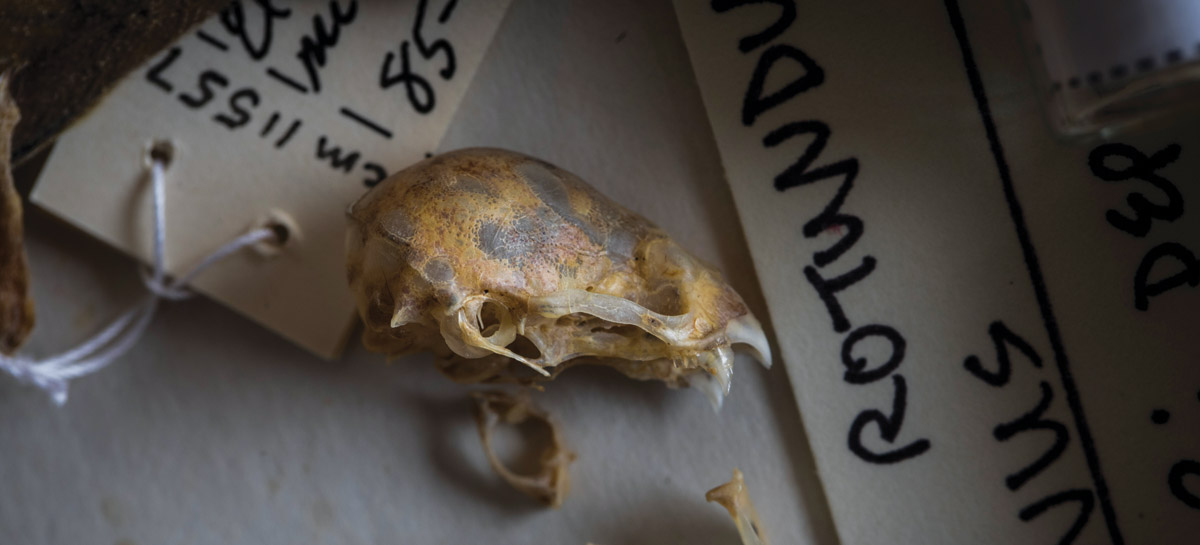
Big Picture
Close-up of a skull (size of a lima bean) and jaw bone of a vampire bat (Desmodus rotundus) from Carnegie Museum of Natural History’s collection. Vampire bats are the only mammals that feed entirely on blood, with sleeping cattle and horses as their usual victims. In one year, a 100-bat colony can drink the blood of 25 cows.
Photo: Joshua Franzos
